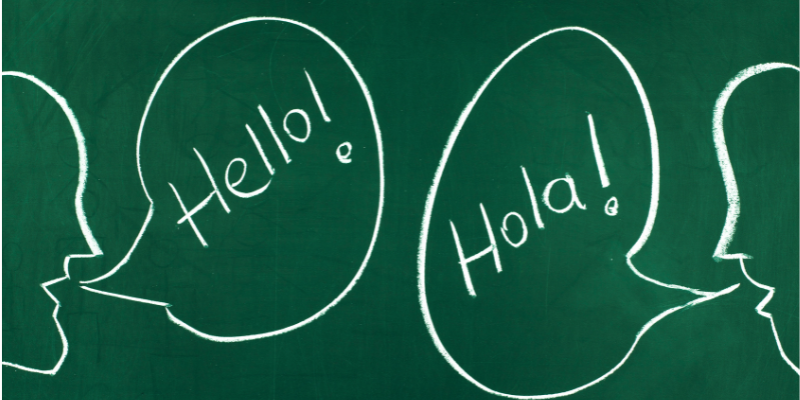Planning a trip to Chile? Whether you’re here for the breathtaking mountains, the world-class wine, or the vibrant cities, you’re bound to have a few questions before (and during) your adventure. We’ve rounded up the top 10 questions travelers ask about visiting Chile—along with clear answers to make your trip smoother and more enjoyable.
1. Is Chile safe for tourists?
Yes, Chile is considered one of the safest countries in South America. Like any destination, it’s wise to take normal precautions—especially in busy areas of big cities like Santiago or Valparaíso. Most crime is petty theft, so keep your belongings secure and be aware of your surroundings.
2. Do I need to speak Spanish to travel in Chile?
While Spanish is the official language and widely spoken, many people working in tourism (especially tour guides, hotel staff, and restaurant servers in tourist areas) speak English. However, learning a few key phrases like “gracias” (thank you) or “cuánto cuesta?” (how much does it cost?) will go a long way—and locals will appreciate the effort.
Tip: All our tours offer bilingual guides, making it easier to connect with local culture.

3. What’s the best time to visit Chile?
Chile is a long, narrow country with diverse climates. The best time depends on what you want to do:
- Santiago & Central Valley (wine country): Year-round
- Patagonia: November to March (summer)
- Atacama Desert: Year-round, but March–May and September–November are less crowded
- Skiing in the Andes: June to September
4. How much should I tip, and for which services?
Tipping is common—and appreciated—in Chile. Here’s a quick guide:
- Restaurants: 10% is standard and usually suggested on the bill (“propina sugerida”)
- Hotel staff: 1,000–2,000 CLP per bag for porters; small tips for housekeeping
- Guides/Drivers: Around 10% of the tour price if the service was excellent
- Taxi drivers: Tipping isn’t expected, but rounding up the fare is common

5. What’s the best way to get around Chile?
Chile’s size makes domestic flights the easiest way to cover long distances. Within cities, you can use:
- Buses (All over Chile)
- Metro (Santiago and Valparaiso)
- Ride-hailing apps like Uber or Cabify
- Guided tours that handle all the transportation for you—ideal if you want to visit wine country or explore areas outside the city without the stress. All our tours that explore areas outside the city offer private transportation.
6. Can I drink the tap water in Chile?
Yes—tap water is safe to drink in most parts of Chile, especially in cities like Santiago. However, it might taste different due to mineral content. If you have a sensitive stomach, bottled or filtered water is a safe bet.

7. Is Chile expensive?
Chile offers a wide range of experiences for different budgets. Meals, local transport, and lodging can be quite affordable, especially outside major cities. That said, prices can vary depending on your travel style and the season.
Here’s a general idea of daily expenses in central Chile:
- A mid-range lunch: $10–20 USD
- Entrance to museums or parks: $5–15 USD
- Mid-range hotel room for two people: $80–150 USD per night
- Boutique or high-end hotel: $200–500+ USD per night
Compared to some neighboring countries, Chile might feel slightly more expensive—but many travelers find the quality, safety, and smooth logistics well worth the investment. And with a bit of planning, it’s absolutely possible to enjoy unforgettable experiences without breaking the bank.
Bonus tip: Domestic flights in Chile—such as from Santiago to Patagonia, the Atacama Desert, or Chiloé—are generally affordable if booked in advance. Prices typically range from $50 to $200 USD one-way, and low-cost airlines like JetSmart, Sky Airline, and LATAM often run frequent promotions. Just keep baggage fees in mind when comparing prices!
8. Do I need a visa to visit Chile?
Citizens from most countries—including the US, Canada, the EU, and New Zealand—do not need a visa for tourist stays of up to 90 days. All you need is a valid passport and a return or onward ticket. Upon arrival, you’ll receive a PDI tourist card (called Tarjeta de Turismo)—hold onto it, as you’ll need to return it when leaving the country.
That said, visa rules can change. It’s a good idea to check with the Chilean consulate or official immigration website before your trip to ensure you have the most up-to-date information.

9. Do I need travel insurance?
It’s highly recommended. Many adventure activities (like hiking, horseback riding, or skiing) aren’t always covered by basic insurance. Some tours require proof of coverage, especially for remote or outdoor experiences.
10. What’s Chilean food like?
Chilean cuisine is a delicious mix of fresh seafood, local produce, and traditional comfort food. Must-tries include:
- Completo: A hot dog but with a twiste! Stuffed with mayo, avocado, chukrut and more!
- Empanadas: Stuffed pastries (try the pino version with beef, onion, olive, and egg)
- Pastel de Choclo: Corn pie with chicken and beef
- Ceviche: Especially fresh in coastal regions
- Wine & Pisco: Chile is world-renowned for both!
To truly experience local flavors, consider a wine or food tour guided by locals who know the hidden gems—especially in the Casablanca and Maipo Valleys. We offer both of those tours!

Final Thoughts
Chile is one of those destinations that offers a little bit of everything—desert landscapes, snow-capped mountains, lush wine valleys, and a coastline that stretches forever. The best way to experience it? Travel with people who know it like the back of their hand.
Many visitors find that their trip becomes much more relaxing and rewarding when they join locally-run, small group tours. These offer the perfect mix of insider access, comfort, and cultural connection—whether you’re sipping world-class wine, stargazing under crystal-clear skies, or riding through the Andes on horseback.
Ready to explore Chile beyond the guidebook? Let the locals lead the way.
